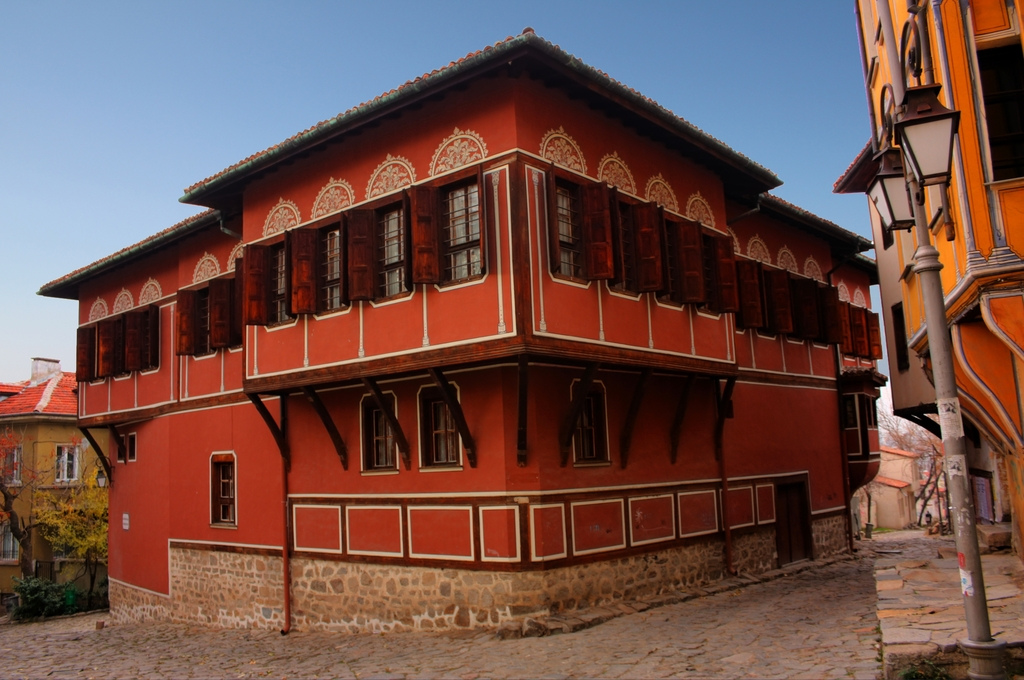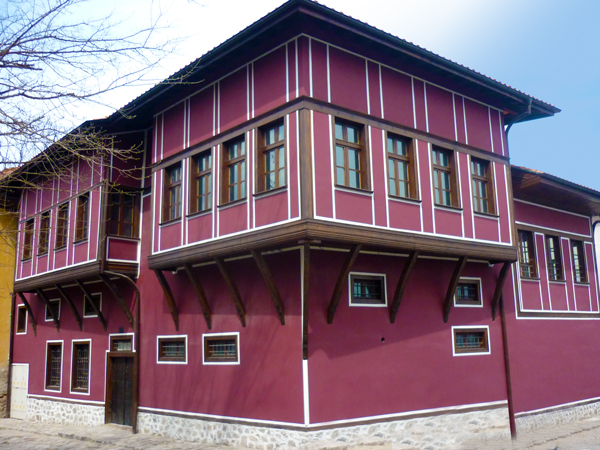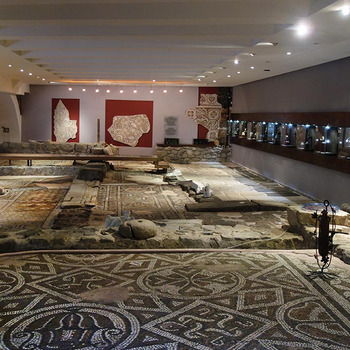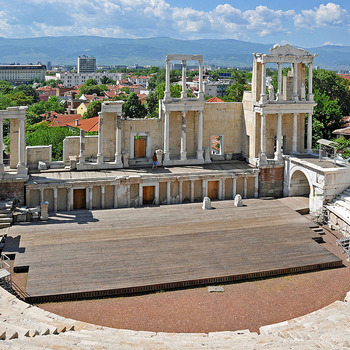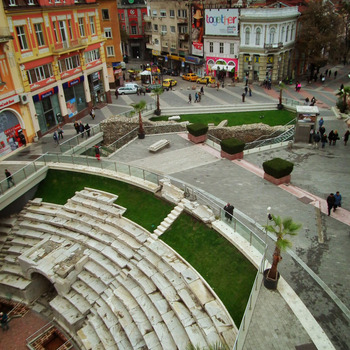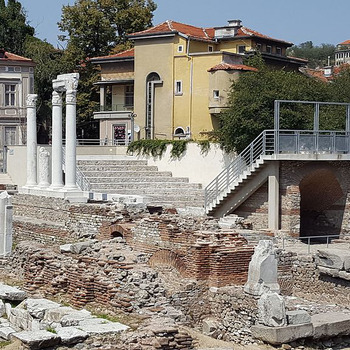Ancient Plovdiv
Overview
"Old Plovdiv" (also known as the Old Town) is an architectural and historical reserve located on three of the hills of Plovdiv - Nebet Tepe, Jambaz Tepe and Taksim Tepe, also known as the Three Hills, and covers an area of 35 km². It was formed as a result of the continuous life in the city for centuries (from prehistory to the present day) and combines the spirit and architecture of Antiquity, the Middle Ages and the Bulgarian Revival. The old town is one of the most popular tourist destinations in Plovdiv.
Plovdiv is one of the oldest cities in Europe - older than Rome and Athens, a contemporary of Troy and Mycenae. The city was born in the IV millennium BC. on the Plovdiv three hills, when the Thracians created the first settlement on Nebet Tepe. In the IV century BC. was conquered by Philip of Macedon, who renamed it Philippopolis, popular in the ancient world. Later, the Thracians regained power over the city, but after a series of battles, in the first century it came under Roman rule. After the incorporation of the Thracian lands within the Roman Empire, the city was chosen as the administrative center of the Roman province of Thrace, declared in 46. Due to the strategic location of the city's acropolis on the three hills, the Romans called it Trimontium (ie "the city of the three hills"). The Roman era (II-IV century) is a kind of "golden age" in the development of the ancient city. Archaeological excavations have uncovered the remains of once glamorous public buildings, some of which are located in the Old Town: a beautiful amphitheater, impressive fortress walls, pagan temples, aqueducts, aristocratic homes.
The Byzantine period followed - at the end of the IV century, and the settlement of the Slavs, who named the town Puldin. At the time of the establishment of the First Bulgarian State (VII century) Puldin remained outside its borders. Khan Krum first conquered the city in 812, and its official incorporation into the state was a little later - during the reign of Khan Malamir. The Byzantines managed to return it to their territory, but with varying degrees of success. Over the centuries, power over the city passed from one to another, and for a short time it even became the property of the knights of the Fourth Crusade. Finally, the city was handed over to the Bulgarians in 1344. From the Middle Ages in the Old Town is preserved the eastern gate of the fortress walls - the famous Hissar Gate.
During the Revival Plovdiv was an important economic center. The city is home to many wealthy and educated people who travel throughout Europe. From their travels they bring not only exotic goods, but also new cultural trends. The rich merchants of Plovdiv show their wealth by building beautiful, richly ornamented houses, which have become emblematic of the Old Town. Temples and public buildings have also been preserved from the Renaissance period, which complemented the spiritual and cultural life of the awake Plovdiv society.
Today, the ancient, medieval and Renaissance monuments coexist in unique ensembles in the Old Town.
Recommended
- Balabanova house
- Hindlian House
- Hissar kapiya Gate
- Regional Ethnographic Museum
- Exposition "Bulgarian Revival"
- Church "St. St. Constantine and Helena"
- House-museum of Atanas Krastev
- Permanent exhibition of Zlatyu Boyadzhiev
- Hippocrates Museum Pharmacy
- Mevlevi Hane


 Bulgarian
Bulgarian Romanian
Romanian